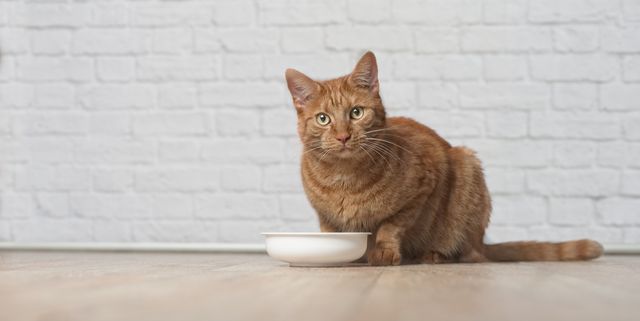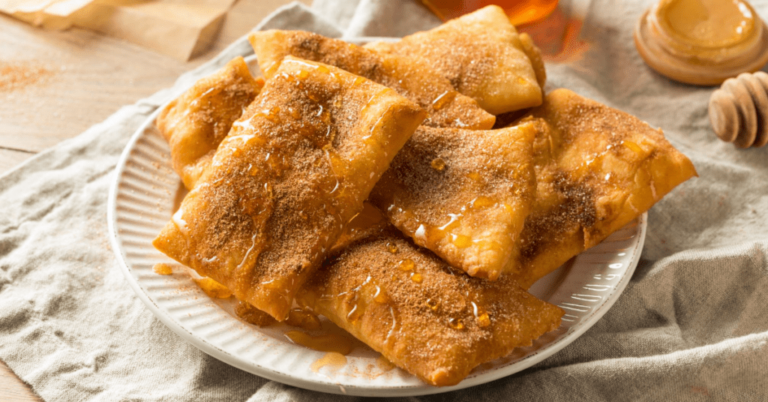What to Look for in Dry Cat Food: 3 Key Considerations

Have you ever filled up your cat’s food bowl with a perfectly good brand of dry food, only to have them give it a quick sniff and walk away? Cats are notoriously picky eaters, but sometimes, their rejection of a particular food could be more than just a preference.
Being mindful of what food you put out for your cat can make a huge difference in their overall well-being. High-quality nutrition can be considered a kind of preventative treatment, reducing the likelihood of your feline friend developing serious health issues down the road. That’s why it’s important to know what to look for when choosing the right dry cat food.
Three Factors to Consider When Selecting Dry Cat Food
1. Ingredients
To pick the right dry food, you must know what ingredients matter most in cats’ diets.
- Protein
Felines are obligate carnivores, meaning your cat needs a diet that is high in good-quality animal proteins to stay healthy. To find the best dry food, look for foods that name single protein sources. Search for ingredients like chicken, lamb, turkey, salmon and tuna rather than generic terms like “meat” or “meat by-products” and “meat derivatives”.
Cats also require taurine in their diets. This amino acid is essential for maintaining cats’ health and preventing serious issues like blindness and heart disease, yet their bodies can’t produce it on their own. Some notable sources of taurine are organ proteins like chicken liver and heart, so watch out for these in the ingredients list.
- Carbohydrates
Cats have little need for carbs in their diet. However, they still require glucose, which is a simple carbohydrate, for energy. Opt for dry foods with healthy sources of carbs like potatoes, brown rice, green peas or oats over common fillers like corn.
Also, keep in mind that some foods contain high carb levels because carbs are used to hold the kibble together and maintain its shape. For this reason, remember to check the label to see the amount of carbs in a single serving.
- Fat
Some sources state that 20%-24% of fat is ideal for a feline’s dry food, comparing it to the nutritional profile of cats’ all-time adversary and favourite prey, mice. When scanning the ingredient list, aim to find dry food with fat levels in this range and high-quality sources like chicken fat or salmon oil.
- Vitamins
Your furry friend needs vitamins to support their immune system, vision, skin and coat health and more. Vitamins E and C help cats create antioxidants. Fat-soluble vitamins (A, D, E and K) are immune boosters and aid in producing cell membranes.
Additionally, Omega-3 and Omega-6 fatty acids promote skin health, improve coat quality, reduce inflammation, and enhance cat digestion.
- Treats
However tempted you are to share a bite of your food with your beloved pet, it’s best to stick to cat treats made especially for them. Human food can have a high-calorie content and nutrients unsuitable for cats. Instead, look for animal protein-based nibbles and treat sticks for cats in your favourite pet store.
2. Life Stage
Cats’ dietary requirements differ depending on their age, so be careful to choose appropriate dry food for your furry companion’s life stage.
- Kittens
The best kitten food contains high protein levels for growth and great amounts of calcium, magnesium, iron and zinc to help build strong bones and teeth. It should also include single protein sources such as chicken, beef, turkey, lamb or fish so as not to overwhelm their digestive system.
- Adults
Because adult cats tend to be less active, you can scale back on their protein intake and start minding their weight. Exercise portion control, but as far as food varieties go, everything is on the table.
- Seniors
When your cat is officially a senior (10+ years), you’ll want to transition them to dry food specially formulated to support their lifestyle. It’ll likely be lower in calories because their metabolism slows down as they grow old and its ingredients might smell and taste stronger as their senses diminish with age.
3. Health Conditions
If your cat has a specific health issue, feeding them the proper diet can be integral to their treatment. Before choosing a specific dry cat food brand, consult your veterinarian to determine which ingredients and nutrients will be particularly helpful in their case.
Some speciality dry cat foods that address different health issues include:
- Urinary tract health
- Hairball control
- Dental care
- Weight management
- Hypoallergenic
- Sensitive stomachs
- Sensitive skin
Healthy Diet, Healthy Cat
Keeping your cat healthy and happy starts with good nutrition. Remember to always read the ingredients label and talk to your cat’s vet before changing their diet. With dry food, you should also provide your cat with plenty of fresh water to help prevent dehydration.
Don’t be frustrated if your cat doesn’t immediately take to a new brand of dry food. Cats are creatures of habit, so introducing changes gradually can prove more successful than abrupt switches. Soon enough, they’ll be racing to their food bowl for a tasty and nutritious meal.





